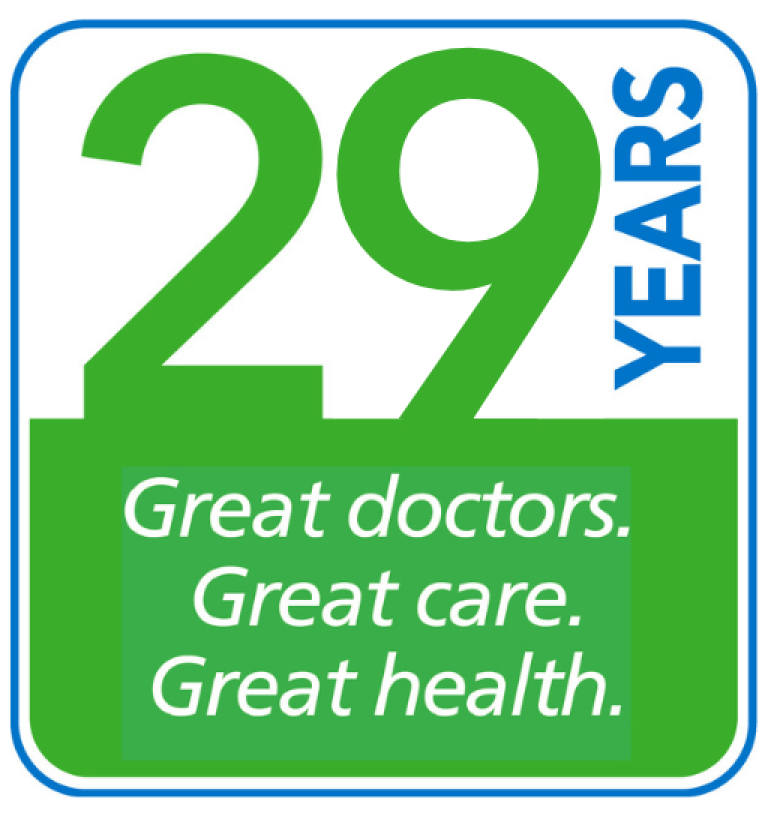Q & A with Neil Padgett, M.D., MPH
Q: How can I tell if I have a cold or the flu?
A: While the common cold and flu can have similar symptoms, they are very different illnesses in terms of how long they last and how severe they are.
The first sign of a cold is often a sore throat. Symptoms that follow can include a runny nose, congestion or a cough. A cold usually lasts a few days to a week. Adults don’t often run a fever with a cold, but children may.
Flu symptoms are likely to come on suddenly and be more severe. Common signs of flu are a sore throat, fever, headache, muscle and body aches, congestion and cough. Some people get vomiting and diarrhea. While the flu can last a week or longer, it can also result in more serious illnesses like pneumonia, particularly in the elderly or very young.
Q: How can I treat a cold or flu?
A: First, get lots of rest and drink plenty of clear fluids — water, broth and sports drinks. Next, treat your symptoms with over-the-counter medications to ease fever and aches, congestion and coughs. For the flu, your doctor may prescribe antiviral medications such as Relenza® or Tamiflu®. They can make flu symptoms less severe and help you recover faster.
Q: Should I take antibiotics?
A: Antibiotics will not help because they fight bacterial infections, not viral illnesses like flu or the common cold. Taking an antibiotic will not make you feel better or help you get better faster.
Using antibiotics when you don’t need them contributes to a growing problem: antibiotic resistance. Due to over-use of antibiotics, some diseases that were once easily cured by antibiotics have become resistant to them. So, if you have a cold or flu, antibiotics are not a treatment option.
Q: When should I see a doctor?
A: If you experience persistent coughing, fever, congestion, headache or painful swallowing (which may indicate strep throat), you should talk with your primary care provider. In general, if your symptoms aren’t getting better ‒ or start getting worse ─ call your doctor.
Q: How can I prevent getting colds or the flu?
A: Wash your hands often and avoid close contact with others who have a cold or flu. A cold is contagious during the first three days, while a person with the flu can be contagious a day before feeling the symptoms and up to 5-7 days after getting sick.
The annual flu vaccine is your best defense against the flu. After you get the shot, the vaccine takes 1-2 weeks to give you maximum protection, so the sooner you get vaccinated, the better.
 Dr. Padgett is a Maryland Primary Care Physicians, LLC partner and is certified by the American Board of Internal Medicine. He received his medical degree from the University of Maryland School of Medicine in 1984 and completed his residency program in Internal Medicine at University of Maryland Medical Center in 1987.
Dr. Padgett is a Maryland Primary Care Physicians, LLC partner and is certified by the American Board of Internal Medicine. He received his medical degree from the University of Maryland School of Medicine in 1984 and completed his residency program in Internal Medicine at University of Maryland Medical Center in 1987.

 Dr. Padgett is a Maryland Primary Care Physicians, LLC partner and is certified by the American Board of Internal Medicine. He received his medical degree from the University of Maryland School of Medicine in 1984 and completed his residency program in Internal Medicine at University of Maryland Medical Center in 1987.
Dr. Padgett is a Maryland Primary Care Physicians, LLC partner and is certified by the American Board of Internal Medicine. He received his medical degree from the University of Maryland School of Medicine in 1984 and completed his residency program in Internal Medicine at University of Maryland Medical Center in 1987.


